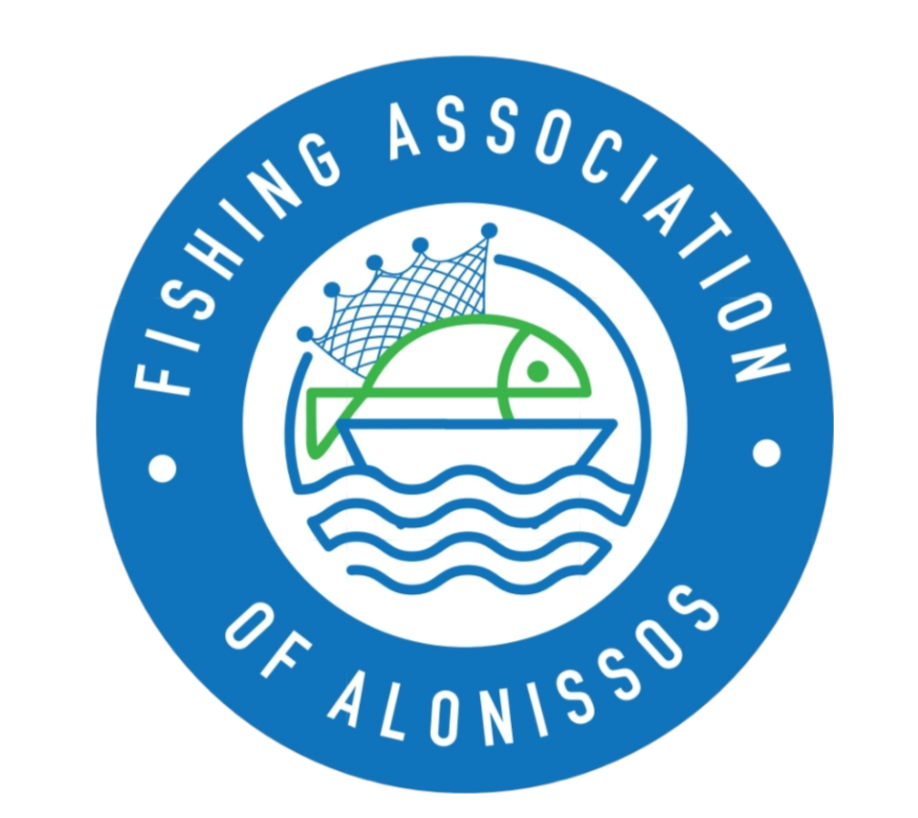National Marine Park
of Alonissos Northern Sporades
The National Marine Park of Alonissos – Northern Sporades is located on the northwestern side of the Aegean Sea with an area of approximately 2,315 km2. Apart from the sea area, it includes the island of Alonissos, 6 smaller islands (Peristera, Kyra Panagia, Psathoura, Piperi, Skatzoura and Yura) and 22 rocky islets. It is the first Marine Park in Greece and the largest protected marine area in Europe. It includes extensive island and maritime areas, with particular natural, morphological and geographical characteristics.
Under Directive 92/43/EEC it has been included in the NATURA 2000 ecological network with code GR 1430004, is a site of Community importance (SPA) under Decision 613/2006/EC of the European Commission and has been classified as a special conservation zone (SPA) under Law No. 3937/2011.
At the same time, part of the Park area overlaps with the area with code GR 1430005 of 129.67 km2, which has been classified as a special protection zone (SPA) according to Min’l Decision no. H.P.37338/1807/E.103/2010 (F.E.K. B’/1495/2010).

The map of the N.M.P.A.N.S.
Efforts to protect the area began in the early 1970s. On 31 August 1986, the first decision was signed by the prefect of Magnesia for the protection of the Mediterranean Monk seal (Monachus monachus) and its habitats.
In 1988, a joint ministerial decision (Min’l Decision) 30781/1521/1988 (Government Gazette B’/68) for the protection of the Mediterranean Monk seal followed, which was subsequently renewed in 1990 by Min’l Decision 49714/3453/1990 (Government Gazette B’/462). In May 1992, a Presidential Decree (PD) designated the land and sea areas of the Sporades as a “Marine Park” and in June 2003 a Joint Ministerial Decision (Ministry of Environment and Spatial Planning, Ministry of Agriculture, Ministry of Merchant Marine and Ministry of Development) established the general management framework for the area.
It should be stressed that the Park is not a closed area. It is an extensive protected area, whose philosophy is the protection of the ecosystem, with the parallel rational development of Alonissos (which is the only inhabited island in the Park), without violent interventions.
In the National Marine Park of Alonissos of Northern Sporades there is a unique combination of terrestrial and marine Mediterranean habitats with hundreds of plant and animal species, as well as important archaeological and historical monuments.
The area is of particular scientific, educational and cultural interest with findings from the Prehistoric, Classical and Byzantine periods (shipwrecks, old monasteries and churches).
The purposes of the Park’s establishment are mainly:
- The protection, conservation and management of nature and landscape as a natural heritage and valuable national natural resource in extensive land and sea areas of Northern Sporades.
- The protection of one of the most important habitats in the Mediterranean for the Mediterranean Monk seal (Monachus monachus), which is classified as a “Vulnerable” species on the Red List of Threatened Species.
- The protection of other rare and endangered species of flora and fauna of the area.
- The development of the region, based on the rational use of natural resources.

Mediterranean Monk seal (Monachus monachus)
The geographical isolation of the area, the morphology, the limited degree of human intervention and the excellent condition of the natural environment make the landscape and the marine areas of the Park an ideal refuge for many endangered species of terrestrial and marine flora and fauna.
Flora
The islands are covered by Mediterranean coniferous forests such as pine, long shrubs such as the bushes of the rowan, the cherry, the fir, the heather, the heather, the rush and the holly, often in tree form. We can also find evergreens, such as the Cretan maple, the wild olive, the bush cypress and the rare tree Amelanchier chelmea. Toadstools are also common in a wide variety of species.
Particularly interesting is the chasmophytic flora, with several endemic plants, such as Campanula reiseri, Campanula rechingeri, Linum gyaricum, Areanaria phitosiana, etc. Posidonia oceanicae submarine meadows, which are particularly important for the reproduction of other organisms and for the retention and recycling of various substances in the marine environment, are extensive and maintained in excellent condition.

Posidonia (Posidonia oceanicae)
Fauna
The Park area is an important habitat for many species of fish (about 300), birds (more than 80 species), reptiles and also mammals. The Mediterranean Monk seal (Monachus monachus), the red coral (Coralium rubrum), the Eleonora’s falcon (Falco eleonorae), the goat (Laru saudouinii), the sea crow (Phalacrocorax aristotelis) and the Jura goat (Capra aegagrus) are some of the rare species that are typically found in the area.

Eleonora`s falcon (Falco eleonorae)
Some of the birds that live in the Park are the sparrow hawk (Hieraetus fasciatus), the cormorant (Phalacrocorax carbo) and the silver eagle (Larus cacchinans) and the ash trees (Apus apus and Apus melba). The avifauna also includes species of the family Sylvidae, such as the sylvidae Sylvia melanocephala and Sylvia articapilla. The underwater fauna is also very diverse with many benthic and pelagic species. Dolphins and some species of whales are found in the area. The most common species of dolphins and whales are the common dolphin (Delphinus delphis), the striped dolphin (Stenella coeruleoalba), the common bottlenose dolphin (Tursiops truncatus), the sperm whale (Physeter macrocephalus) and the Cuvier’s beaked whale (Ziphius cavirostris).

Bottlenose dolphin (Tursiops truncatus)

